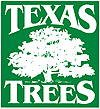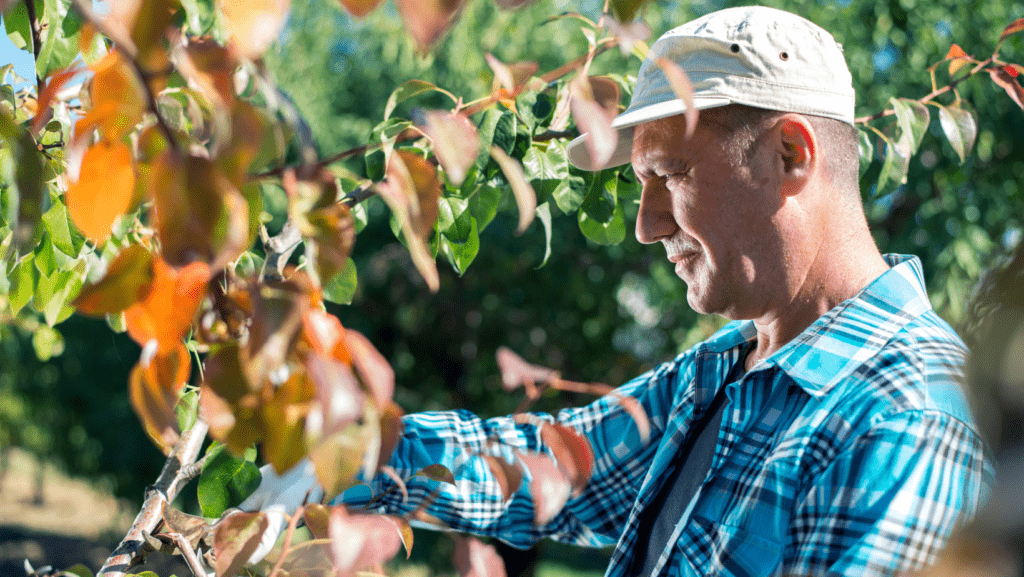Tree pruning is an essential part of keeping your trees healthy. When done correctly, pruning trees can keep them healthy and limit the amount of sunlight they receive, which aids in tree growth. However, some people don’t know when or how often to prune their trees. This could lead to over- or under-pruning, causing unnecessary stress on the plant and negative effects on overall tree health. The following article will explain the benefits of pruning your trees, as well as identify the best time of year to prune your tree. Keep reading to learn more about tree pruning in Dallas, TX, and discover the benefits of regular maintenance on your trees!
Why is tree pruning important?
The reason we prune our trees is to increase the amount of sunlight they receive. This process is called “solarization,” and the goal is to create a “solar angle” of approximately 45 degrees between the trunk and the branches. This enables the tree to collect the maximum amount of sunlight and nutrients for healthy plant growth.
Pruned trees are also more efficient at transferring water and nutrients to the roots, which leads to better overall health. Additionally, trees with more branches and fewer branches receive less sunlight, which can lead to decreased growth rates and an increased risk of disease development. Often, you won’t hear the importance of pruning trees because people are generally focused on the aesthetic value of a tree. Pruning can help increase the overall health of the tree and improve its aesthetics. This can also lead to less damage to your home or structure, as well as cut costs on future maintenance.
When should you prune trees?
The best time to prune a tree depends on the species and the pruning technique you’ll be using. For example, removing the majority of the lower branches and the trunk will produce a tree with a very wide trunk and a large number of branches. If you choose to prune a tree during winter, you’ll want to wait until the temperature is above -5 degrees Celsius to avoid damaging the wood. This is because freezing water can prevent the sap from flowing throughout the branches and trunk, which is vital for proper pruning. When it comes to your favorite species, you can identify the ideal time by looking at the leaf color. After the leaves have fallen, look up at the branches to identify the “new leaf color.” This can help you determine when to prune your tree.
Is pruning trees harmful?
Yes, pruning trees can cause some damage to the plant. If you prune too much or too deeply, it can cause damage to the plant. When you prune your trees, use a pruning saw to prevent damaging the bark and wood. Carefully prune branches, and only remove branches that are dead or damaged beyond the ability of the plant to repair them. Additionally, always wear gloves to prevent pruning saw cuts on your hands. When you prune trees, it’s possible that the plant will attempt to grow back in an attempt to correct the damage you caused. Additionally, it’s possible that the plant will not be able to produce new branches to replace the ones you removed. In this case, you’ll want to wait until spring to thin the branches and reduce the overall amount of sunlight the tree receives.
Final Words
The goal of tree care is to keep your trees healthy so they can act as a natural barrier against the elements. However, if you don’t prune your trees, they could become overgrown and pose a risk to your home or structure. When you prune your trees, you’re able to increase the amount of sunlight they receive, as well as reduce the chance of damage caused by the overgrowth. As you can see, the benefits of regular tree pruning are numerous, and it’s important to maintain healthy trees in Dallas, TX. If you aren’t sure when or how to prune your trees, contact our team of professionals. They can provide you with advice and help you maintain healthy, safe trees!

